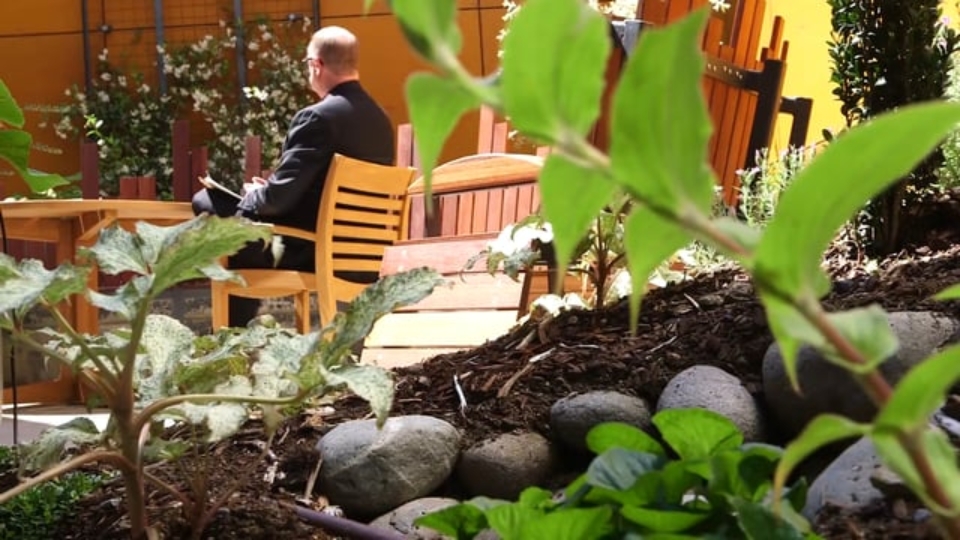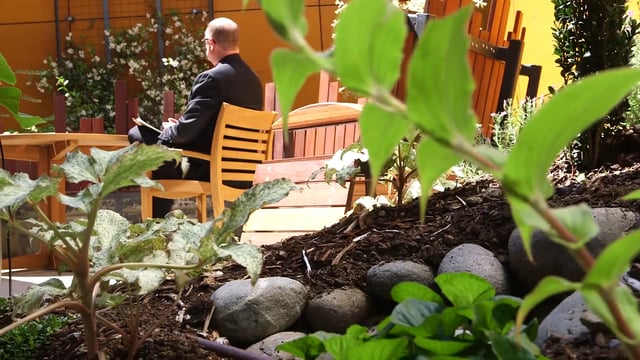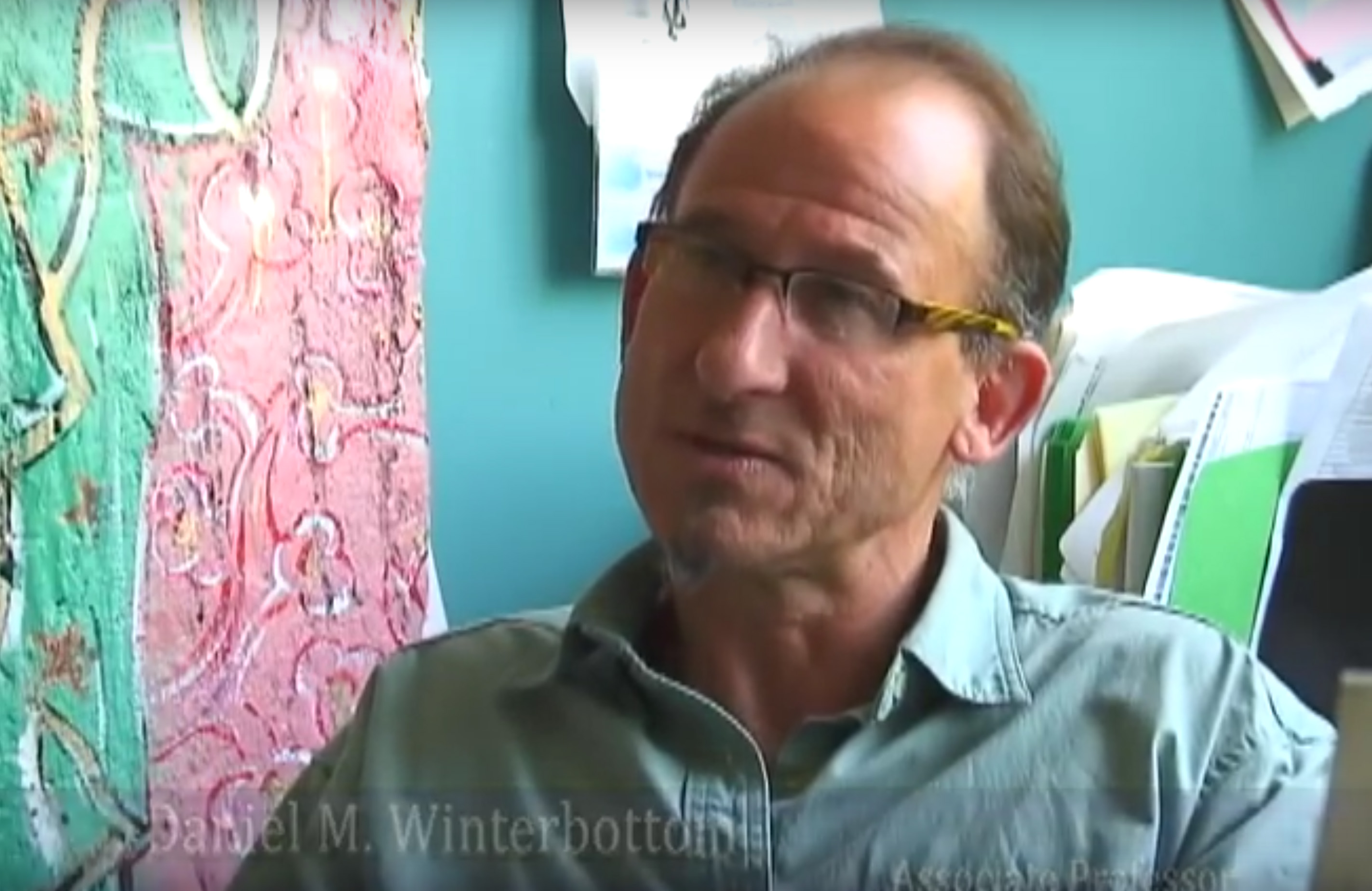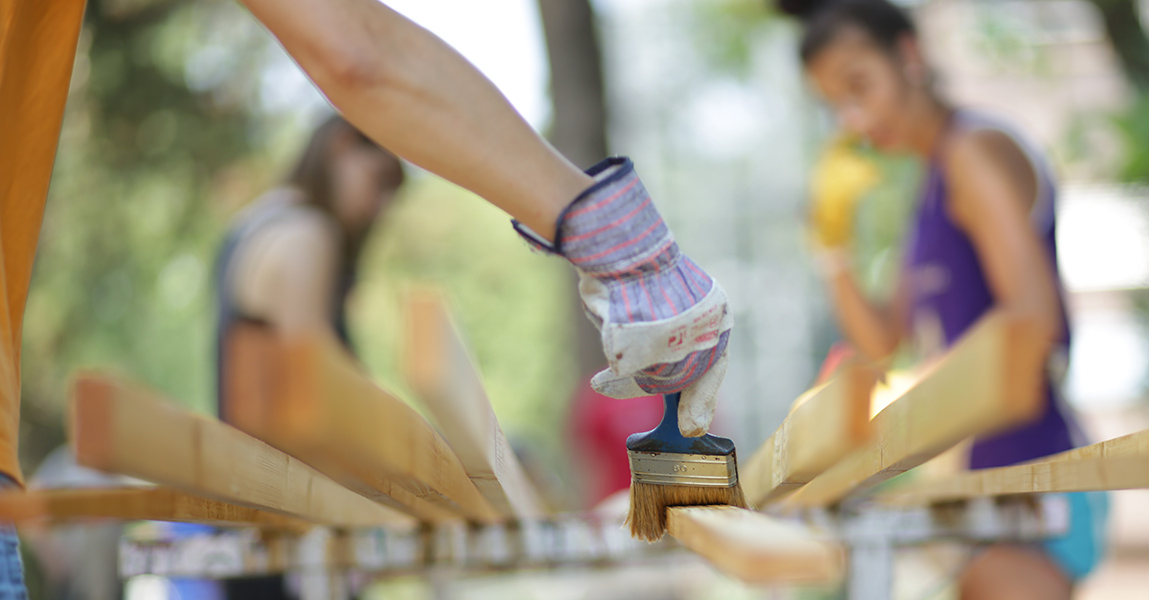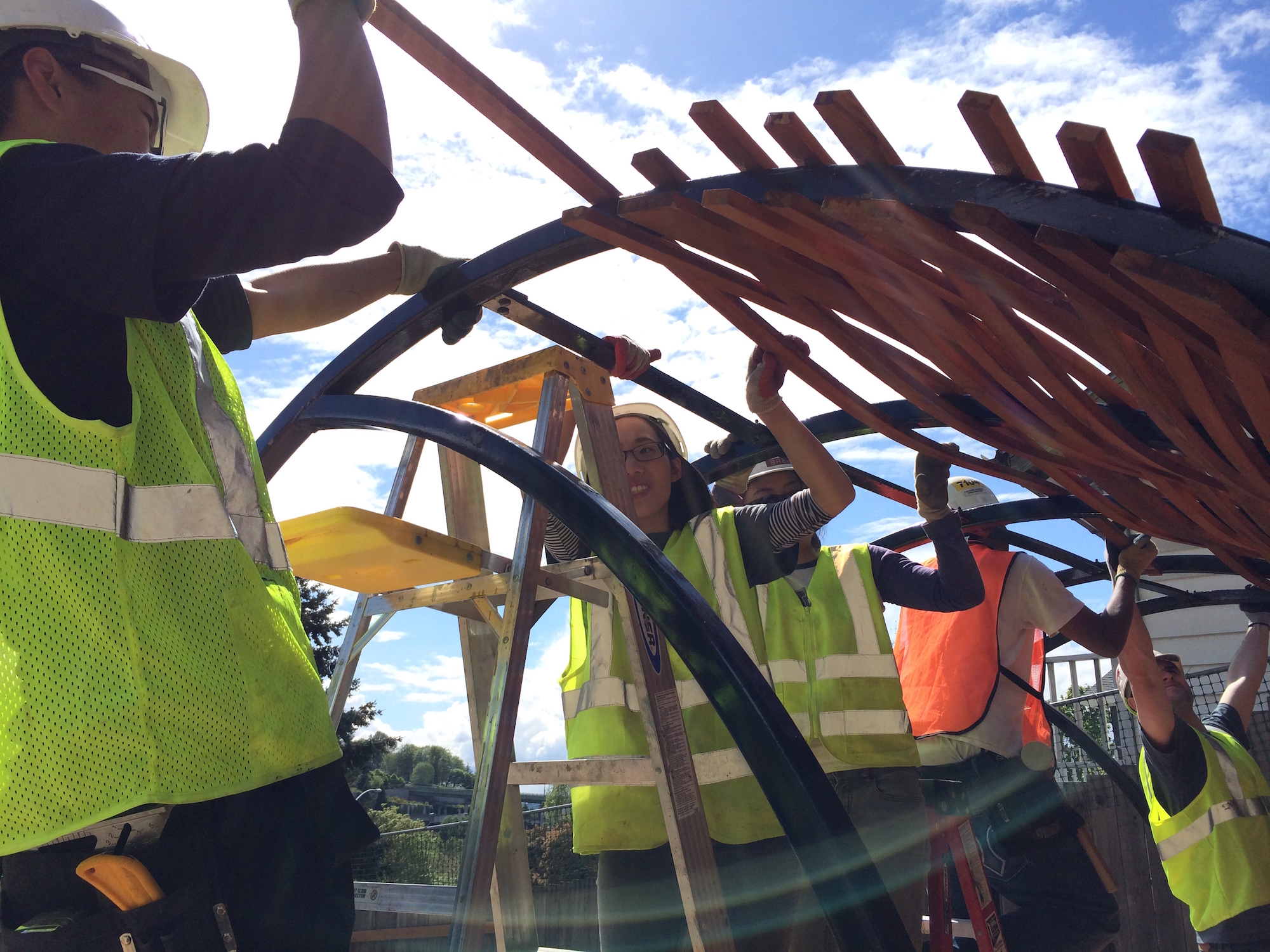In many academic design programs the tendency is to separate the technical (building) curriculum from the design (studio) courses. In our program students are asked to consider design through the “application of building” and adapt their designs based on actual experience and scale. Our program philosophy is that the art of landscape architecture is not complete without the act of building and that through their involvement in both design and construction, students develop a balance between the conceptualizing and the making of their design. They gain an understanding of the design process as circular, from idea, to building and back to idea. In this process, the ideas, hands, tools and materials come together—design opportunities are discovered and explored.
- Posts not found
The program, developed in 1995 by Associate Professor Daniel Winterbottom, is offered to undergraduate and graduate students in landscape architecture and related fields.
Our design/build studio format accomplishes two goals. First, it provides an alternative design process, in which thinking and making are integrated. Second, the resulting project provides an amenity for a community in need.
Through our program we seek to develop skills in four main areas: the relationship between thinking and making, collaboration, communication skills and a returning of a benefit to the community. This process is collaborative; building becomes a social as well as a physical art. Students become a team: bringing ideas to fruition and cooperating in the shared act of building. Communication skills are honed and tested through client and community interaction. In this applied teaching model, we provide a critical link between design, building and service learning.
In many of the projects (Varey Memorial Garden, Garden of Eatin’ and Cascade Adopt-a-Park) a larger plan of rebuilding communities through “urban-greening” is addressed. We strive to advance a common societal goal, the improvement of our ecological and social environment. To achieve this we create transferable models in which small degraded “residual” urban parcels of land are redesigned as ecological and social community amenities resulting in an increased quality of life within the urban environment and opportunities for interaction between people and the natural environment. Through the process of community participation and interpretation we develop ecological awareness and social opportunities for interaction and celebration (Santa Ursula Lavandaria, Garden of Eatin’, Cascade Adopt-a-Park, Sandpoint Outdoor Classroom).
Through our work we have attempted to repair unsatisfactory physical relationships by demonstrating alternatives to damaging ecological practices (Lavandaria at Santa Ursula) and addressing unsatisfactory social relationships by bringing opposing groups together. One example can be found in the Garden of Eatin’, where interaction between members of University of Washington and the surrounding neighborhood have been developed and through ensuing dialogue members of both communities have gained a better understanding of each other.
All our clients are community groups and students must work with community members to complete the project, and expose the students to people of vastly different experiences, talents, ages, and often cultures. In an attempt to make our projects meaningful to the communities with whom we work, we have developed an inclusive participatory design process in which community members participate in the conceptualizing and design processes, to create places that are meaningful to all users.
An important feature of our design/build projects is the exploration of sustainable design, which includes reduction of energy consumption, ecological restoration, cultural and historic preservation, community development and resource conservation. Another question posed in the design/build studio, is how can landscape architects make landscapes appropriate to a culture and a place. In this process we build bridges of cultural understanding, both abroad (Lavandaria at Santa Ursula, Mexico) and locally (Cascade Adopt-a-Park) and with children (Sandpoint Outdoor Classroom). These are not only transferable models of sustainable and socially responsible design, but we have refined a process that is transferable to other programs and community groups including Ohio State University which adapting our model for use in their programs.
